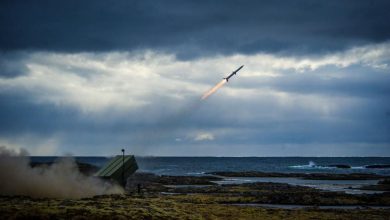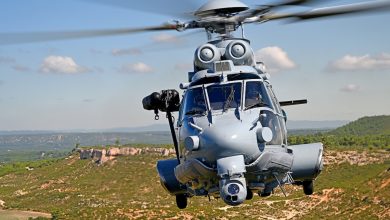U.S. Army tests robotic ‘tank killers’

The U.S. Army is exploring new robotic systems designed to engage enemy armor autonomously, with recent field trials showcasing the potential of coordinated unmanned ground vehicles (UGVs) to support future combat operations.
From October 27 to 29, 2025, the Army’s Transformation and Training Command (T2COM) hosted the xTechOverwatch for Unmanned Systems event at the Bush Combat Development Center’s Innovation Proving Ground in Bryan, Texas. According to the Army’s announcement, the event allowed selected industry teams and academic institutions to demonstrate their autonomous systems and compete for integration opportunities with the service.
Among the most notable systems on display was the FireAnt unmanned ground vehicle, developed by Swarmbotics AI. According to the company, FireAnt is “a lightweight, attritable unmanned ground vehicle intended to work in groups under a single operator to detect, track and engage heavy armor with low-cost payloads.”
The platform is engineered for swarm operation, where multiple UGVs coordinate under one operator’s command to overwhelm armored targets.

As the company described it, “One operator. Multiple robots. Infinite tactical advantage.” Swarmbotics AI further promoted the system with the phrase: “Modular, attritable, autonomous UGV swarms integrating into human formations now.”
The event included participation from 40 invited teams, each showcasing air, ground, payload, and collaborative autonomy technologies during situational training lane exercises. The Army said 20 teams were selected for continued development and integration efforts.
In a statement, the Army said these selected teams “will work directly with Transformation in Contact formations from January 2026 to July 2027,” providing them an opportunity to influence the Army’s ongoing modernization efforts. The service noted that this initiative aligns with directives from the Chief of Staff of the Army to accelerate the adoption of autonomous capabilities.

The competitive assessment was conducted with support from key Army stakeholders and private capital partners, who observed how the technologies performed in realistic training scenarios.
The FireAnt’s concept of modular, swarm-capable anti-armor UGVs reflects a broader shift in Army thinking toward distributed, low-cost systems that can augment manned formations without requiring one-to-one operator control. By emphasizing group autonomy and integration into human-led formations, developers aim to increase battlefield survivability and lethality while reducing cognitive load on soldiers.





